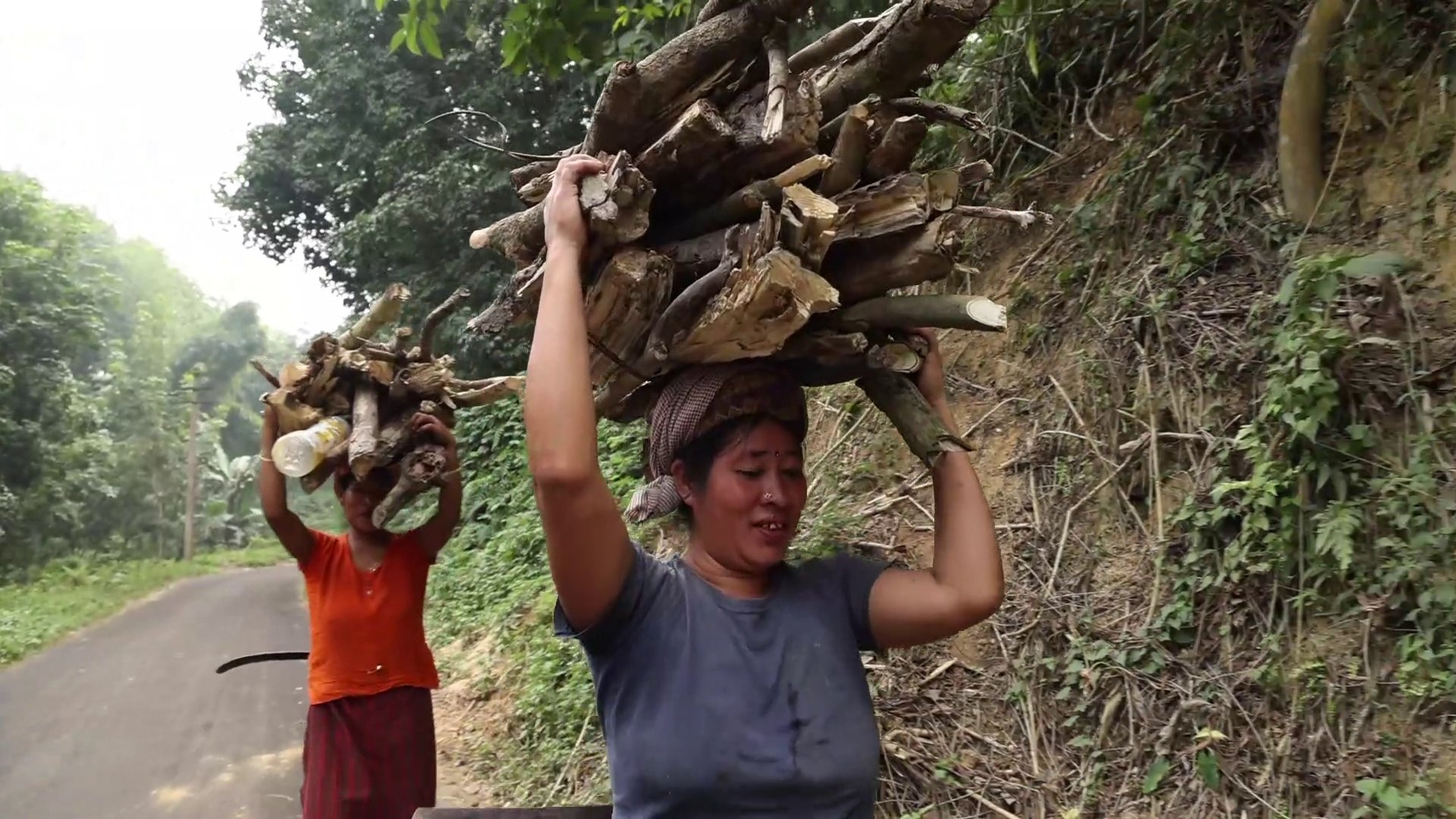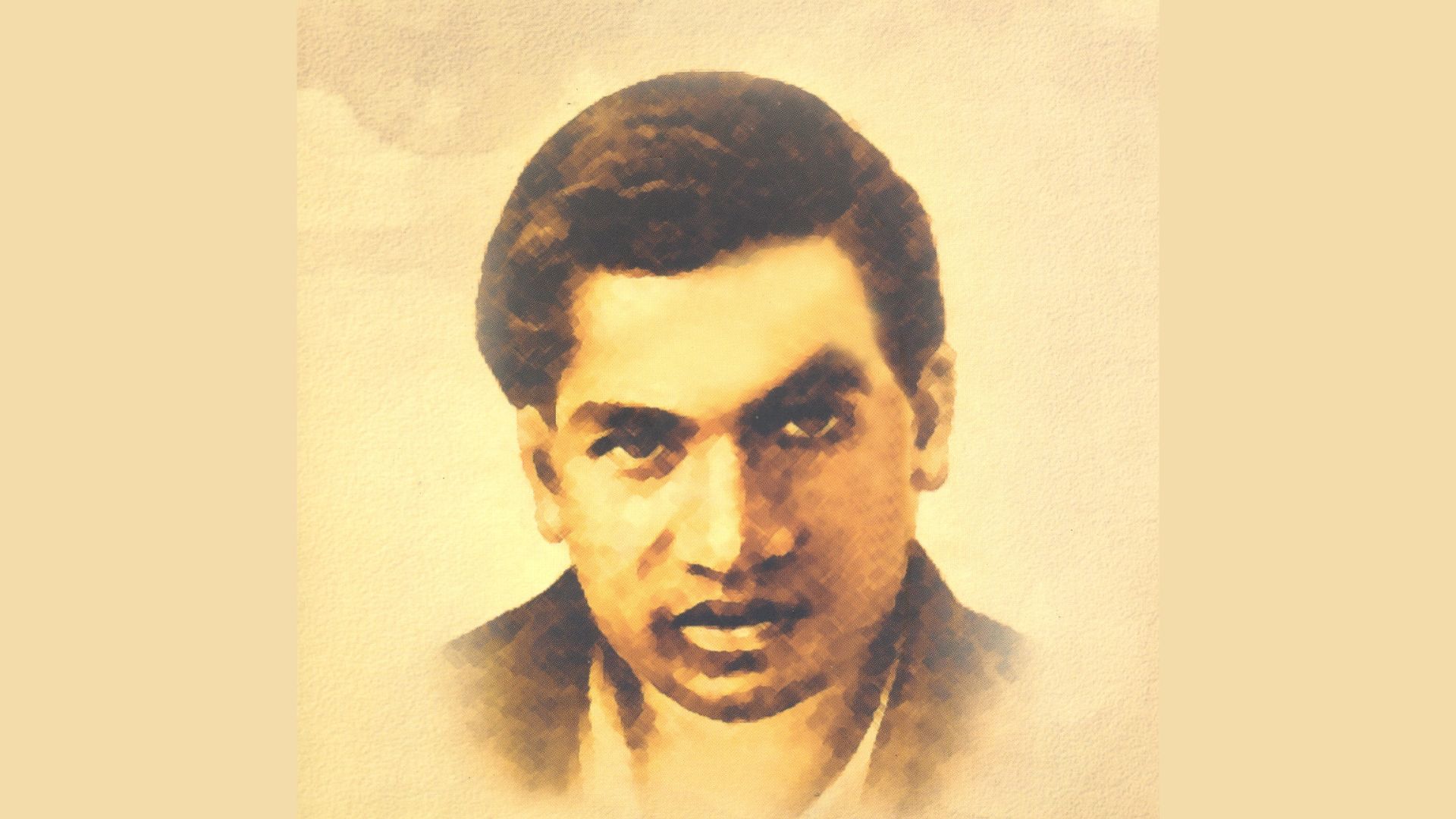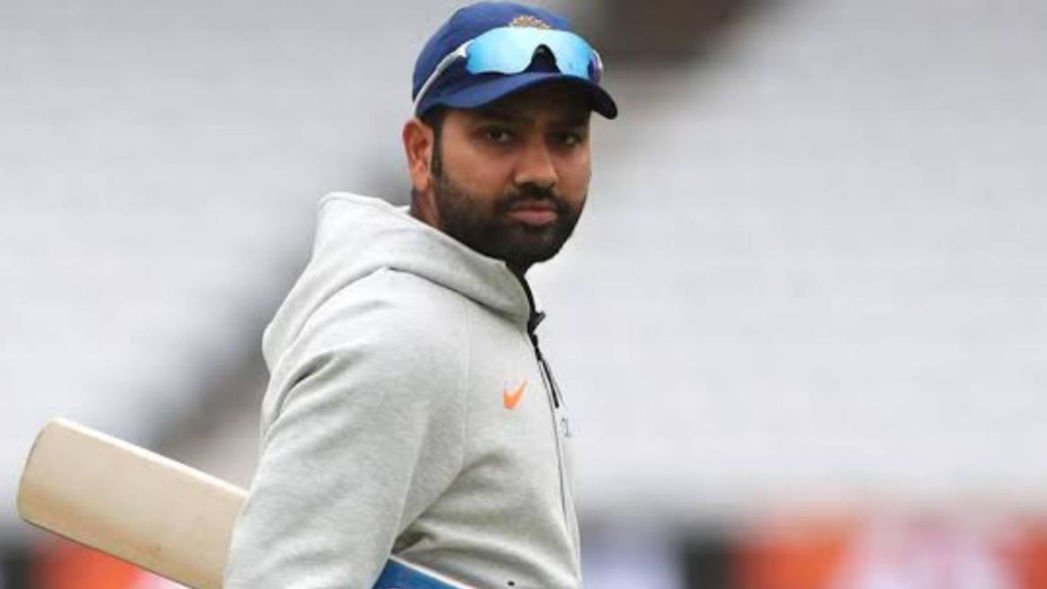Despite a plethora of Constitutional provisions for tribal development in India, many ethnic minorities are still backward and gradually endangered. Most of the tribes are economically downtrodden, politically unaware, and culturally backward. The issue of tribal identities, culture and development is particularly significant in the case of Northeast India, considered an abode of tribes, and home to numerous tribes and sub-tribes.
Tripura alone is home to 19 tribes with distinct identities, languages and customary laws. Ethnic conflicts and social myths have posed a great challenge to their sheer survival. The Karbong community is one of the nineteen recognised tribes of Tripura. Consisting of only two villages in the remotest part of Tripura, the Karbong tribe is gradually disappearing.
Being a sub-clan of the Halam community, the Karbong tribe has presently been reduced to around forty families. The history of the settlement of this tribe in Tripura is now a dim and distant memory. The real cause behind the extinction of this tribe has remained untold, but inter-caste marriages and migration are assumed to be the most common attributes behind their vanishing. The state government has failed to take any concrete initiative for the well-being of this tribe due to the unavailability of data related to Karbongs.
It was only recently that the honourable High Court of Tripura took a suo-motu initiative for the protection of the endangered Karbong tribe. Taking cognisance of the order, the Tripura Tribal Welfare Department, the nodal agency of tribal development in the state formed one committee with the Advocate General, ONGC, Tripura Tribal Research Institute and Secretary of Tribal Welfare. As per the recommendation of the committee, various development schemes have been channelled through the line agencies to provide civic amenities to this group. Spread in only two hamlets (Atharamura) of the state the Karbongs are living far from the city; in an adverse condition. The loss of livelihood is leading to voluntary migration and debauchery in the life of this tribe.
The Karbongs are a sub-tribe of the Halam community. Concentrated in just two villages in the remotest part of Tripura and reduced to just 40 families with a total population of less than 200, the Karbongs are in a state of extinction. The lack of numbers also prevents them from having a community voice to seek for their social and political welfare.
Thus, rather than being an active part of the indigenous movement to preserve their identity and culture against the forces of modernisation, state policies, or migration, the Karbongs are one step below fighting for their own survival as a group. Assimilation with other groups, an inebriating lifestyle, poverty and illiteracy are some of the common concerns which also factor in their low population bordering on extinction.
The lack of adequate study or literature on Karbongs means that the dangers of extinction of the group are also associated with the risks of losing knowledge of their history, evolution, culture, rituals, beliefs and general way of life from the academic space of the tribals of Tripura and the country. The community could not catch up with the era of globalisation and modernisation. Rather, they have assimilated with other dominant tribes such as Debbarmas and Chakmas, thereby losing their own identity. Psychologically, they rest their fate on mythical narratives that one anonymous tribal queen had cursed the entire Karbon community to a short and impoverished life. Since then, no one has lived a long life in the community, dying at a very early age.
The people from this losing community did not have adequate reach to educational facilities, electrification and health facilities including sanitation. Only one girl from Purna Chandra Korbong para is going to Khumlung College, that too after walking 10 kilometres. Very recently, the President of India sanctioned an amount of ₹1.45 crore through the Tribal Affairs Ministry, Government of India for the road connectivity, construction of pucca houses, street lights, drainage, renovation of ST girls and boys hostel, construction of mid-day meal shed, water tanks and sanitation for the financial year 2022-23.
Tribal development has always remained a significant concern for the government of India since its independence. The seven states of the Northeastern region of India, being the home of several tribes, often face challenges like—insurgency, ethnic conflict, under-development and dearth of connectivity. Most of the tribal communities in Northeast India are facing an identity crisis. One of the primary reasons behind this can be inadequate government policies for the welfare of tribal groups.
The wide gap between the constitutional provisions and their application made the tribals unaware of their rights. In the case of the Korbong tribes cultural rejuvenation is more important than any other artificial initiative because the tribe shows a strong distinction towards development.
Dr Dipikanta Chakraborty is an Assistant Professor at National Law University, Tripura.







